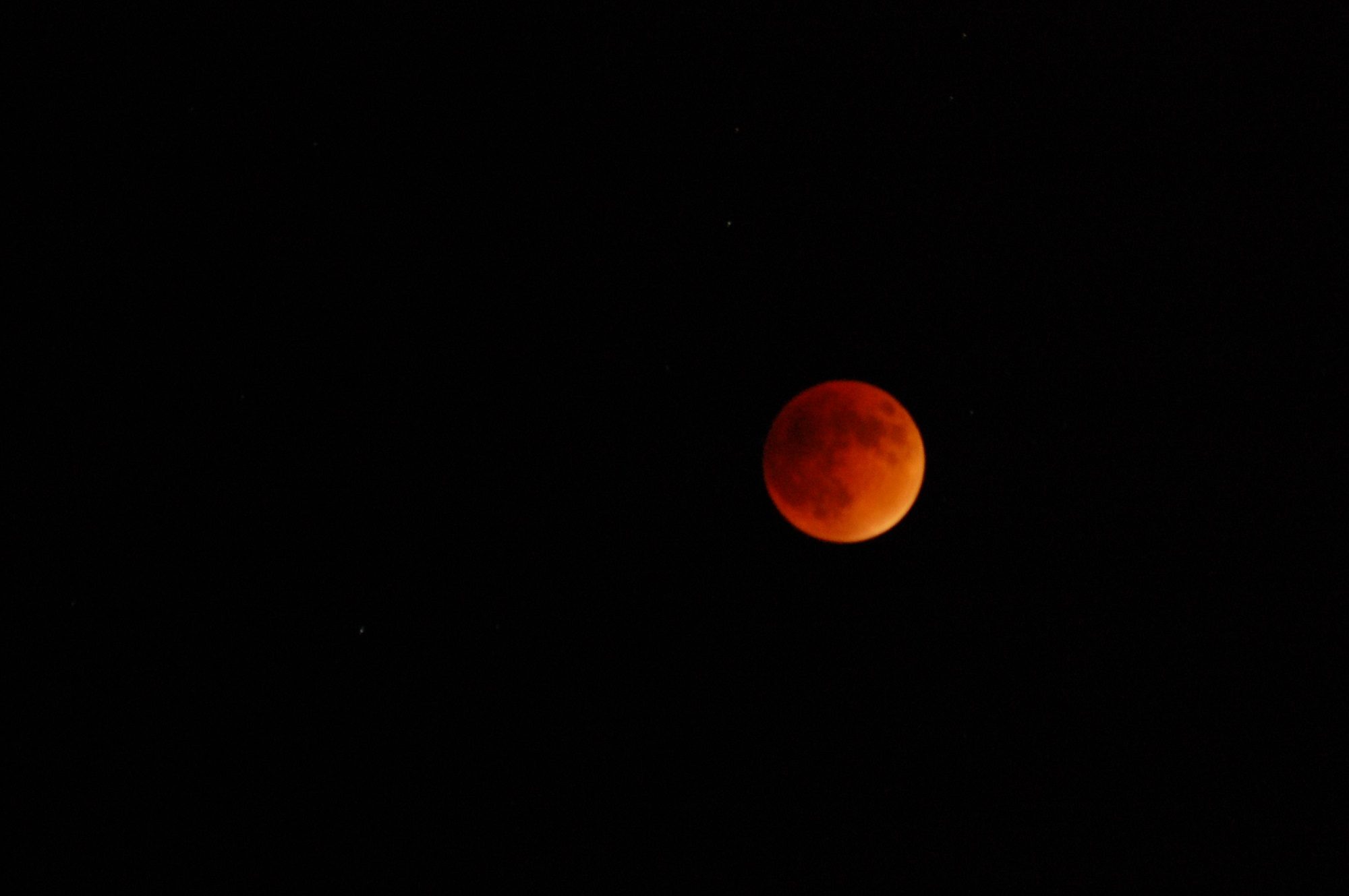by Eric Ariel L. Salas
Department of Fish, Wildlife and Conservation Ecology, New Mexico State University, Las Cruces, NM 88003, USA
Abstract
Although the water absorption feature (WAF) at 970 nm is not very well-defined, it may be used alongside other indices to estimate the canopy water content. The individual performance of a number of existing vegetation water content (VWC) indices against the WAF is assessed using linear regression model. We developed a new Combined Vegetation Water Index (CVWI) by merging indices to boost the weak absorption feature. CVWI showed a promise in assessing the vegetation water status derived from the 970 nm absorption wavelength. CVWI was able to differentiate two groups of dataset when regressed against the absorption feature. CVWI could be seen as an easy and robust method for vegetation water content studies using hyperspectral field data.
How to cite
Salas, E. 2017. Vegetation Water Content Prediction: Towards More Relevant Explicatory Waveband Variables. Preprints 2017, 2017010001 (doi: 10.20944/preprints201701.0001.v1).
Download the full paper here or the PDF here.
